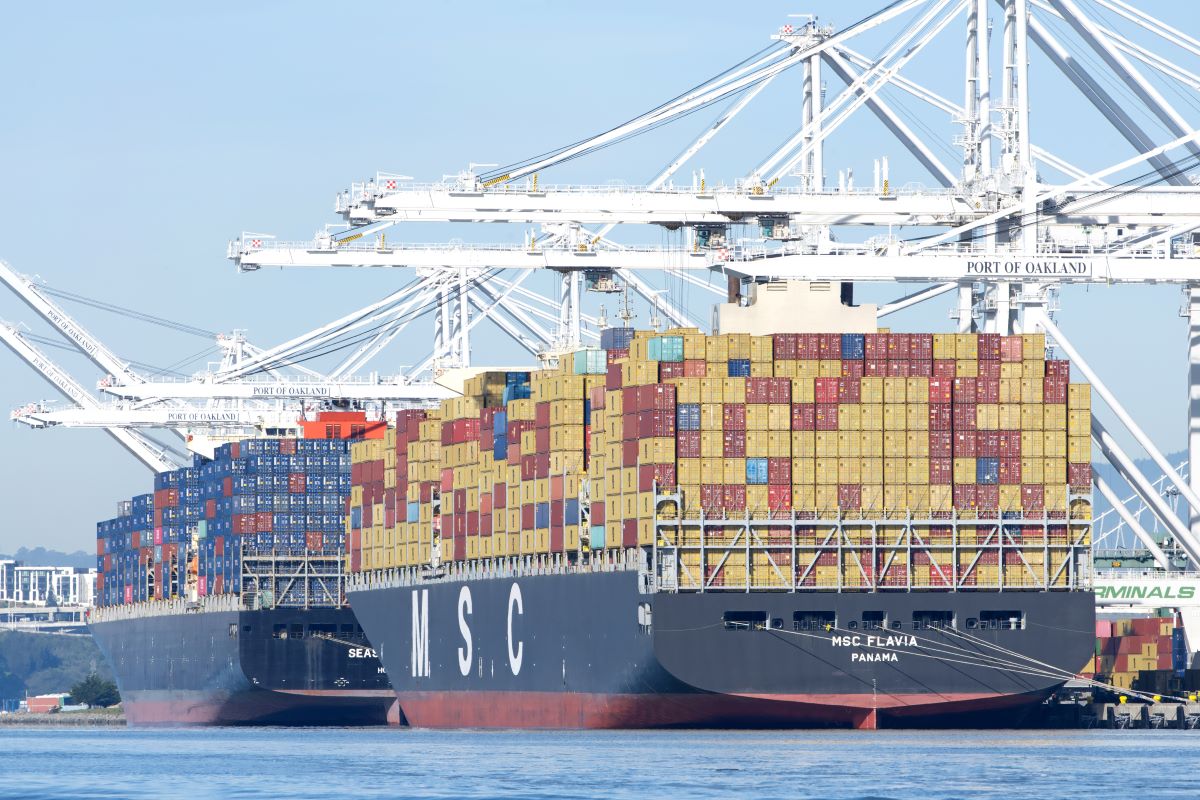By: Carol Abel, Vice President, Education Program Development, Food Marketing Institute

One trend emerging at the center of food retail store design is the Micro-Fulfillment Center (MFC), a new automation in the food retail industry. Although small, as the name implies, these warehouses are well equipped to autonomously fulfill online orders – fast and efficiently. Micro-fulfillment offers an end-to-end solution plugging into any grocery store’s already existing network and making ecommerce profitable.
I was lucky to get a first-hand look at how micro-fulfillment works at Sedano’s supermarket in Miami, FL, partnering with Takeoff Technologies, Inc., one of the first companies to jump on the micro-fulfillment bandwagon. During my visit, I got a better understanding of micro-fulfillment’s importance in food retail from Curt Avallone, chief business officer of Takeoff Technologies, Inc. Here’s a bit of what I learned from Avallone. We will be covering all you need to know about micro-fulfilment at the 2019 FMI Energy & Store Development Conference, September 8-11, 2019 in Dallas, TX.
From the 30,000-Foot Level, What Is Micro-Fulfillment?
Avallone: “Micro-fulfillment is miniaturized, automated fulfillment. An MFC is a micro-automated warehouse that is compact enough to place almost anywhere. The size of a micro-fulfillment center gives retailers several key advantages:
- It can be placed “hyperlocally,” on the store level, meaning it is close enough to where shoppers live that it dramatically reduces the last-mile delivery cost.
- Furthermore, the MFC is a significantly lower investment than a large automated warehouse.
These two benefits give retailers the flexibility to make more targeted and strategic decisions about where they believe automated ecommerce fulfillment will be most successful.”
How Will Micro-Fulfillment Centers Change the Food Retail Landscape?
Avallone: “When Clarence Saunders opened his grocery chain, Piggly Wiggly, in 1916 he launched what is now known as the self-service revolution. He placed goods on a shelf, inviting customers to hold items in their hands, and examine labels, inside brightly lit, attractive stores. He united fulfillment and marketing.
Micro-fulfillment, and ecommerce as a whole, stands to break marketing and fulfillment apart. The store is migrating online, meaning marketing can be fully digital -- a retail store can now fit into a shopper’s hands. Micro-fulfillment has the capacity to make ecommerce accessible to a broader range of retailers because it cuts down major costs:
- The cost of picking (through automation).
- The cost of the last mile (through hyperlocal placement).
- The cost of real estate (through condensing fulfillment centers down into MFCs).
For the grocery industry, where products are difficult to manage and the margins are slim, this has the capacity to shift the entire landscape.”
What Are the Implications of Ecommerce Growth in Food Retail for Real Estate Development Over the Next Decade?
Avallone: “Stores are currently very oversized and are a huge investment for retailers. Micro-fulfillment is a great opportunity for retailers to optimize store space by stacking goods strategically, taking advantage of vertical space, and using robots to retrieve items. An MFC typically takes up only a third of a supermarket’s space, meaning there are huge possibilities for grocers to optimize and even potentially shrink down the size of their stores.”
Micro-fulfillment will be a significant factor in the transformation of the store format and network. Join us at the 2019 FMI Energy & Store Development Conference to learn and discuss more.
Photo Credit: SpartanNash


 Industry Topics address your specific area of expertise with resources, reports, events and more.
Industry Topics address your specific area of expertise with resources, reports, events and more.
 Our Research covers consumer behavior and retail operation benchmarks so you can make informed business decisions.
Our Research covers consumer behavior and retail operation benchmarks so you can make informed business decisions.
 Events and Education including online and in-person help you advance your food retail career.
Events and Education including online and in-person help you advance your food retail career.
 Food Safety training, resources and guidance that help you create a company food safety culture.
Food Safety training, resources and guidance that help you create a company food safety culture.
 Government Affairs work — federal and state — on the latest food industry policy, regulatory and legislative issues.
Government Affairs work — federal and state — on the latest food industry policy, regulatory and legislative issues.
 Get Involved. From industry awards to newsletters and committees, these resources help you take advantage of your membership.
Get Involved. From industry awards to newsletters and committees, these resources help you take advantage of your membership.
 Best practices, guidance documents, infographics, signage and more for the food industry on the COVID-19 pandemic.
Best practices, guidance documents, infographics, signage and more for the food industry on the COVID-19 pandemic.
